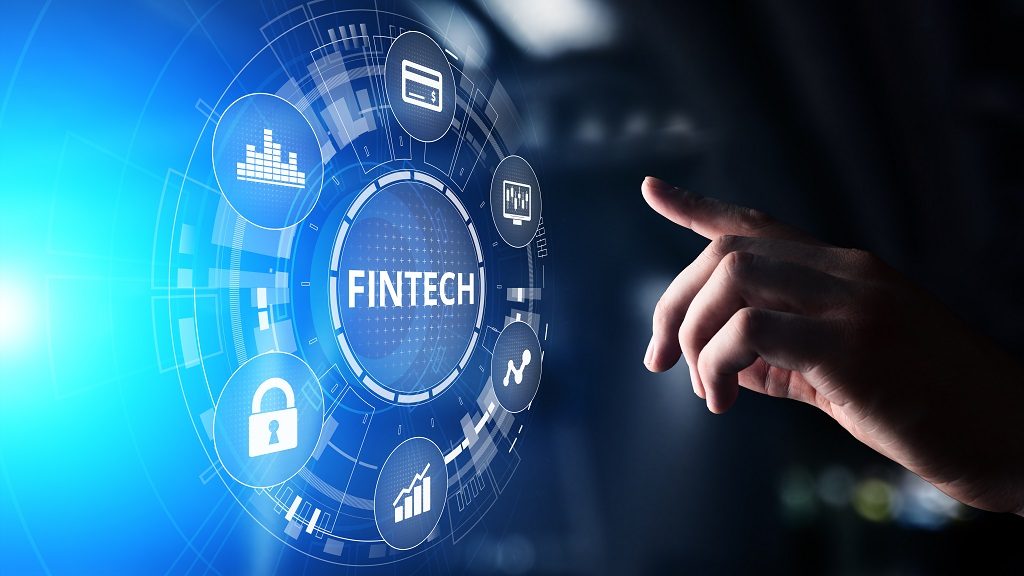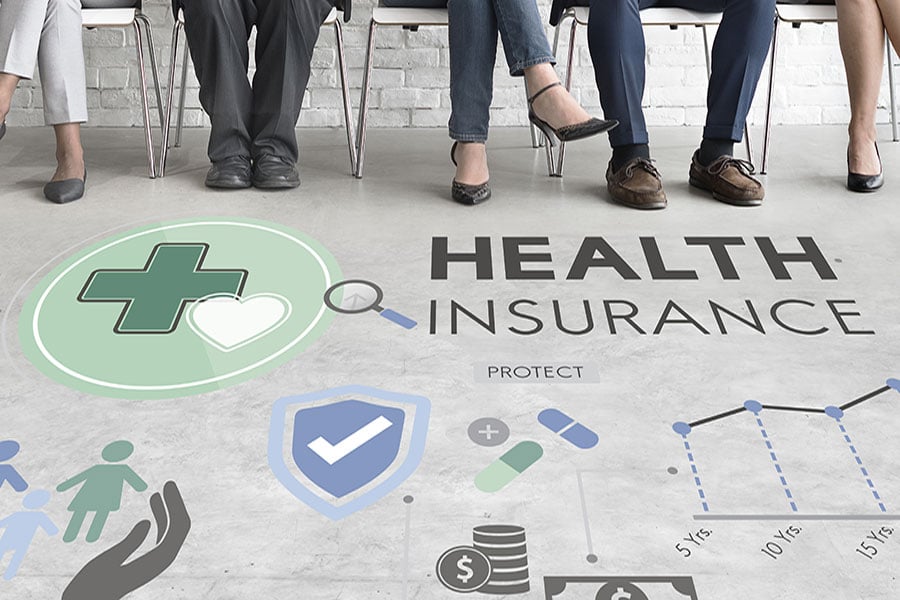The Rise of Smart Health Care Devices: Driving Connected and Proactive Care
Recent years have seen a proliferation of smart medical devices that collect health data outside of clinical settings. From fitness trackers to remote patient monitors, these connected care technologies are transforming how illnesses are prevented, managed, and treated by putting more control in the hands of users. As networks of interoperable sensors become integrated into digital care platforms, a future of pervasive, proactive healthcare is emerging. In this article, Dealnew will show you how it has changed and transformed our life.
Wearable Activity Trackers Lead the Way
One of the first consumer-directed connected care tools to gain mass adoption was wrist-worn activity trackers. Pioneered in 2009 by Fitbit, these devices passively collect metrics like steps, heart rate, sleep patterns, and calories burned throughout the day via onboard motion and heart rate sensors. By quantifying behaviors linked to wellness like physical activity levels, trackers aim to motivate lifestyle changes through visual data insights.
.png)
Numerous clinical studies show wearing even basic trackers can significantly increase daily step counts and time spent being active. Sustained behavior shifts may produce modest weight loss benefits over months of consistent use. For those managing chronic conditions, activity data provides reassurance that treatment plans focusing on exercise are being properly followed. Trackers opened the door for self-monitoring to become a mainstream wellness tool.
Medical Devices Come Online
Beyond fitness, smart connected medical devices play an important role in remote patient monitoring and managing serious illnesses between visits. Diabetes management has seen rapid remote monitoring adoption, through 'smart' insulin pumps integrated with continuous glucose monitors. Implantable cardioverter-defibrillators that detect arrhythmias also trigger wireless device alerts if heart rhythms occur. Nebulizers double as adherence trackers to ensure proper medication administration for conditions like asthma.
Digital blood pressure cuffs, scales, and other home diagnostic tools automatically upload measurements to provider dashboards, enabling timely intervention if readings indicate health deteriorating outside safe ranges. Personalized care through constant data insights also allows for more responsive, customized treatment compared to isolated office visits alone -particularly benefiting those in rural areas far from specialized clinics.
.png)
Towards Proactive, Participatory Care
As sensors continue seamlessly integrating with smartphones, wearables, electronic health records, and beyond, a future of 'always on' digital care supported through constant data insights is envisioned. Sophisticated algorithms analyzing endless streams of real-world physiological and lifestyle data aim to flag deteriorating health signals much earlier than traditional testing alone. Experts anticipate risk modeling through personal data patterns may identify those most likely to experience future adverse events for targeted preemptive care.
Perhaps most significantly, these new connected care tools place users as engaged participants, not passive recipients of treatment decisions. Constant self-monitoring data elucidates how daily choices impact conditions, arming patients to serve as strong advocates for their own care through longitudinal health understandings beyond fleeting in-office accounts. As older populations with complex medical needs rise worldwide, remote non-invasive monitoring promises independence and lowered healthcare costs compared to crisis-oriented models of the past.
.png)
Towards Networked Care Ecosystems
Looking ahead, integrated sensor networks communicating seamlessly through open digital platforms may establish new team-based approaches to 'networked care'. Multi-generational family support units caring remotely for seniors may form around pervasive data insights, stepping in as situations require. Clinicians leverage constant insights supplemented by in-person interactions when most needed. Public health benefits may also emerge from population-level analytics through distributed sensor data detecting patterns like viral disease outbreaks.
Read more: How to Take Care Your Mental Health: Ultimate Checklist
Continued Innovation and Integration
The connected care field continues advancing rapidly as new technologies emerge. Implantable medical devices now monitor things like blood oxygen levels, automatically alerting caregivers to respiratory issues. Biosensors measure biochemical markers like lactate or glucose through interstitial fluid, providing insights into metabolic states. Injectable sensors temporarily detect internal organ motions like swallowing to assess neurological functions non-invasively.
.png)
As these diverse data sources tie into centralized cloud platforms, their full potential will be realized through sophisticated analytics. Algorithms may recognize personalized patterns indicating decline like suddenly diminished social interaction insights from smartphones paired with slight gait changes from smartwatches. Parallel insights from different connected devices could catch health deteriorations too subtle for any single data stream alone.
Interoperability standards will become critical to allow all care partners equal access on a user's terms. "Plug and play" medical device connectivity taking advantage of technologies like Bluetooth Low Energy avoids device lock-in while future-proofing data exchanges. Harmonizing diverse formats into unified metrics accessible through open application programming interfaces benefits users, clinicians and researchers alike.
Empowering Participatory Health Communities
With data ownership and sharing preferences firmly in users' hands, new participatory models are emerging. Disease-specific online communities compare longitudinal sensor insights, identifying subtle variations warranting personalized interventions. Peer support networks form around shared conditions and lifestyle goals, gamifying challenges through pooled analytics.
.png)
Crowdsourced data contributions help detect rare symptoms' societal distributions, guiding research. Aggregated de-identified metrics from entire municipalities pinpoint emerging public health issues from environmental to lifestyle factors. Findings help shape focused wellness programming through a proactive, localized lens previously unimagined.
While challenges remain around privacy, data security and digital literacy, these distributed participatory approaches foster collaboration across existing hierarchies. Users become equal partners guiding future innovations through grassroots insights. Participation provides a sense of control over one's own health trajectory unlike traditional passive models, promoting long-term engagement and well-being. If sensibly guided, connected communities hold promise empowering proactive self-care on a massive scale.
Read more: Essential Tips for Home Health Care
Conclusion
While technical, economic, and privacy challenges certainly remain, connected care technologies represent an opportunity to reinvent healthcare through a proactive, participatory model built upon continuous remote insights interweaved with tailored in-person support. If optimized through open interoperability standards and prioritizing user empowerment, Dealnew believes that digital networks may offer lasting global wellness benefits through more accessible, personalized, and preventative care for all.
LATEST

Last updated: Sep 9, 2024

Last updated: Sep 9, 2024

Last updated: Apr 15, 2025

Last updated: Sep 9, 2024

Last updated: Aug 30, 2024

Last updated: Sep 9, 2024
